
Benedict Redgrove
Benedict’s background…
He attended the Berkshire College of Art and Design and spent his early career at various design studios honing his creative talent in graphics and design until he discovered that photography was the ultimate media for him to showcase his vision.
Benedict has a lifelong fascination with innovation and industry, and is a dedicated proponent of good design, modernism and utilitarianism. He has a love for extremes be that physical, environmental or technological. His love of sci-fi and space exploration has intuitively led him to capturing projects and objects at their most cutting edge. He has created an aesthetic of photography that is clean, pure and devoid of any miscellaneous information, winning him acclaim and numerous awards.
Redgrove has amassed a following and client base from some of the most advanced companies in the world, granting him access to secret and often hidden divisions at organisations such as Lockheed Martin Skunk Works, the United Kingdom’s Ministry of Defence, the Royal Air Force, European Space Agency, British Aerospace and NASA. Whether capturing the U-2 reconnaissance pilots and stealth planes, the Navy Bomb Disposal or spending time documenting the Royal Marines, Benedict strives to capture the scope and scale of advancements and what they mean to us as human beings.
A career spent recording the pioneering technology of human endeavours has produced a photographic art form that gives viewers a window into an often unseen world.
Redgrove has several personal projects, including a nine-year veneration to NASA which was launched as a book and international exhibition in 2019. A film series about uncommon and interesting jobs and the people that carry them out and the psychology behind
them. Along with various film and photography projects. He currently lives in London, dividing his time for work and family between London, Paris, Rome and the USA.
Benedict tells us about his relationship with photography, and what we can all learn…
“I’ve loved photography since I was a small child. I bought my first camera at 8. My father throught I should earn it, so I had to work digging foundations for the extension to our house. The camera was a Kodak Instamatic,. Its was a grey, black and silver box that you put a cartridge in the back of. I remember photographing my two brothers and the garden and the extension that I helped dig out the foundations for. I can’t imagine I dug that much at 8.
I shot sports for a long time, shooting Le Mans and Motorbike Racing and I have always tryied to see things my way rather than traditional composition. For a long time I thought wanted to be a photo journalist, so I started to cover news stories, just for myself. I had learned that if you showed up looking like you were covering it professionally and saying the right things, people would believe you and let you in. So I did. Nothing was going to stop me. I think if you want to do something enough, you find away whether its conscious or not. After a while I met a photojournalist whilst we were both waiting to see the same magazine and he let me look through this work. The amount of death and decay in his book, plus the way he spoke about it, he had that slightly distant look in his eye and a demeanour that only comes from seeing so much human tragedy and sorrow made me realise that I probabaly didn’t have the right kind of psychological make up to cope with that. Later in life I experienced an awful lot of death and decay and saw literally hundreds of dead bodies, so I know that I made the right decision in not going down that particular path.
I started shooting travel and cars and doing so in a way that resonated with me. The first few stories really surprised the picture editors not to mention their clients who sometimes took a bit of persuading with what I was shooting. But they eventually came around and that’s what gave me the confidence to really carry on shooting in the way I saw things and develop those ideas.
I have long been inspired by sci-fi films from the 60s, 70s, 80s and purity of good design and a love of graphic design. I’m probably a person of extremes, I love the end of the spectrum, so my compositions tend to be either extremely clear and sparse, with just the essential elements to them, or incredibly busy and full of detail. My work has developed over the years and become a more refined version of itself as it moves froward. It comes from a long held feeling of wanting to see things in a pure clean way. Less clutter helps me focus.
No one forces you to become a photographer, you do this because you want to. If you want to keep it as a hobby then that’s great, enjoy yourself and have fun and keep learning. If you want to take it further and you feel that deep urge to make pictures, to constantly look and see things, sometimes only you can see, and if that gives you an enormous sense of satisfaction, that it completes your soul. then congratulations, you’ve found thing in life that will always make you happy and feeling complete. Lots of people go through their lives not knowing this, not ever feeling that or understanding or finding a “thing” that gives that sense of inner happiness and joy. If you do, if photography makes you see the world in a different way then you will have a life filled with moments and experiences that you would probably not have had or seen or got to experience if you weren’t a photographer. It’s a gift, it gets you into places and situations that you would not normally get to see. Here in the gallery below are a few of mine, I hope you enjoy them and I hope this give you a moment to think and see if maybe this is a career for you.
Have a great time learning, you won’t ever stop, its what’s makes it all so exciting and ultimately rewarding in so many ways. It takes a lot of determination and sacrifices but none of them matter when you are following that voice that says this is what you must do, this is you.”






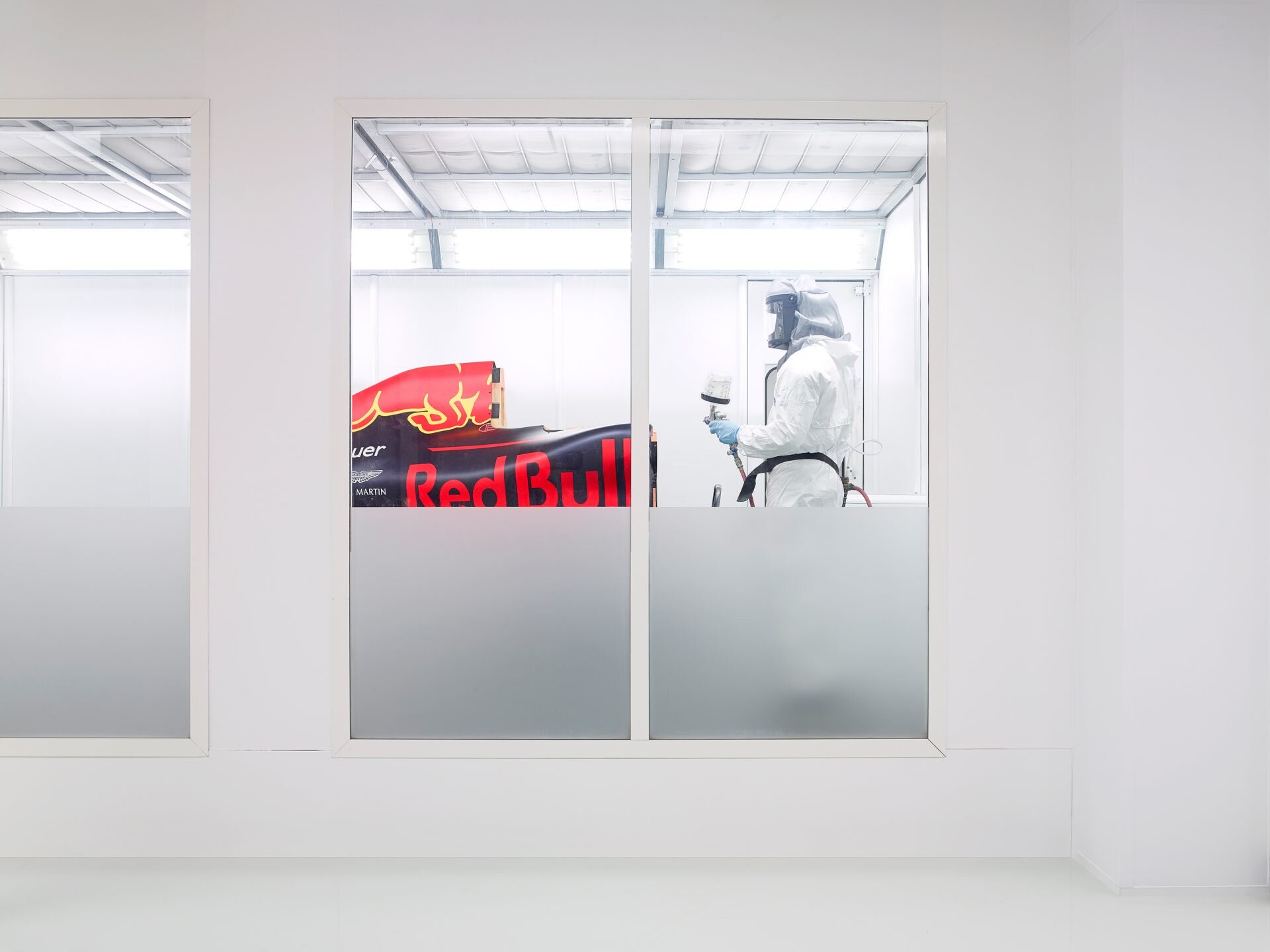



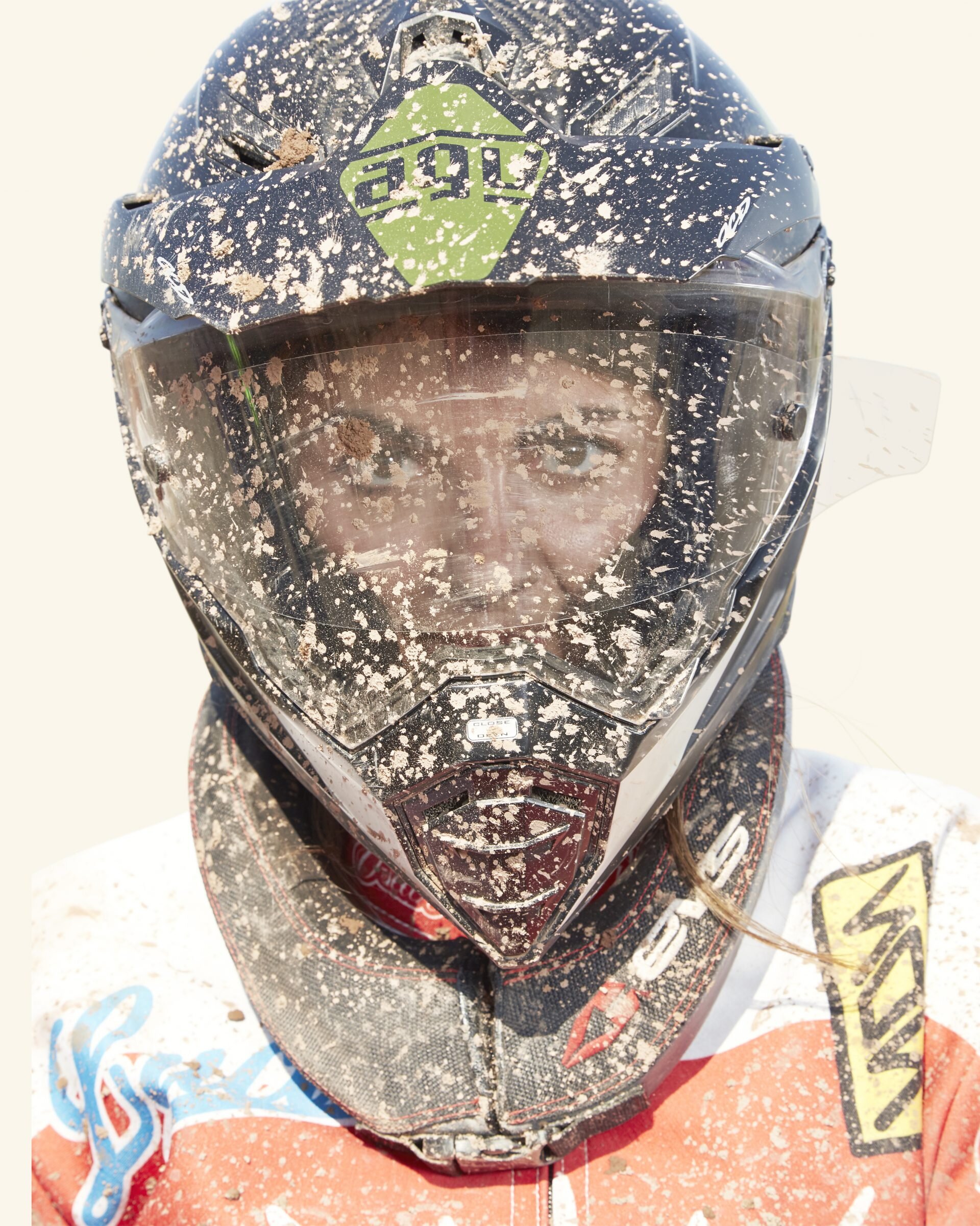



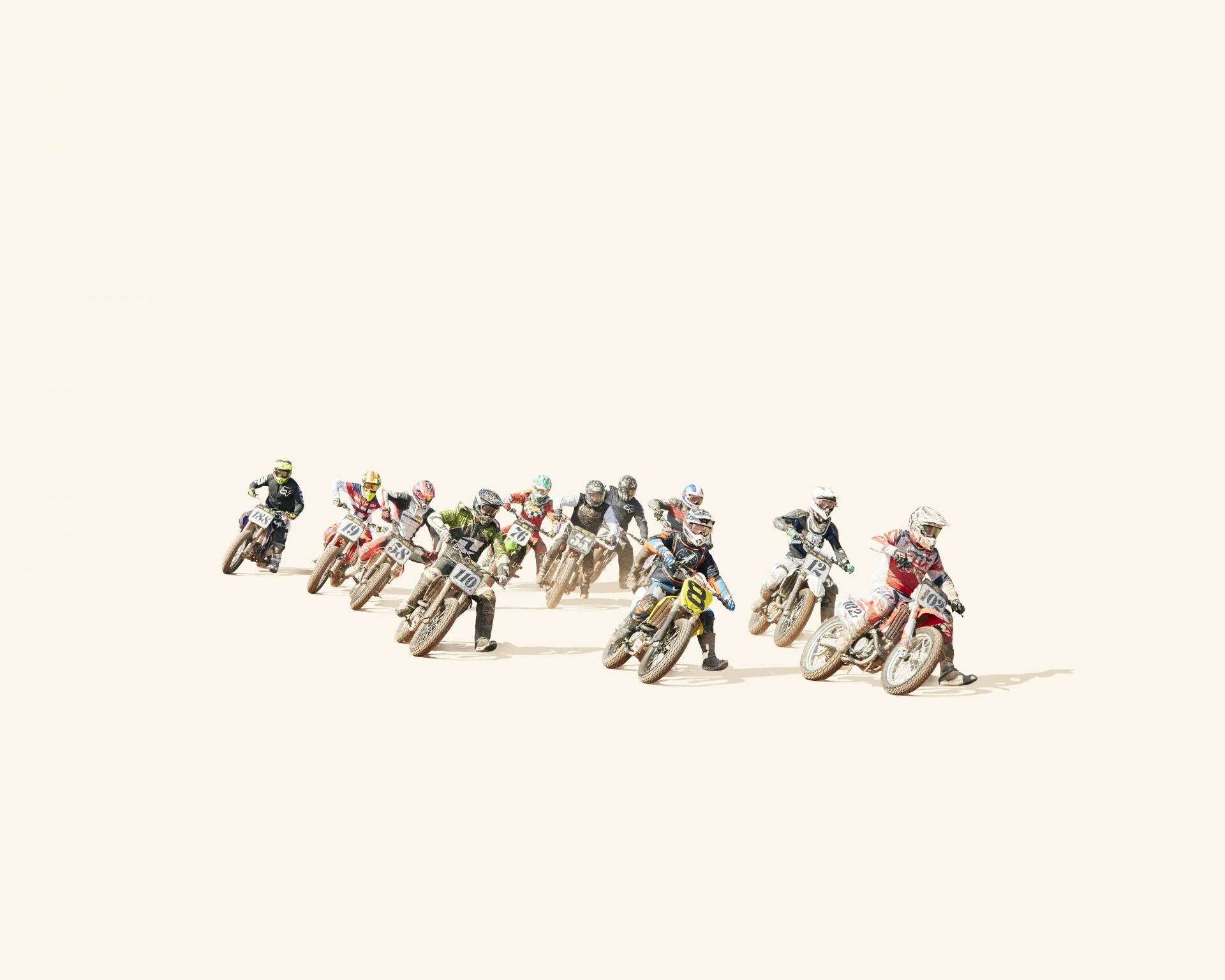
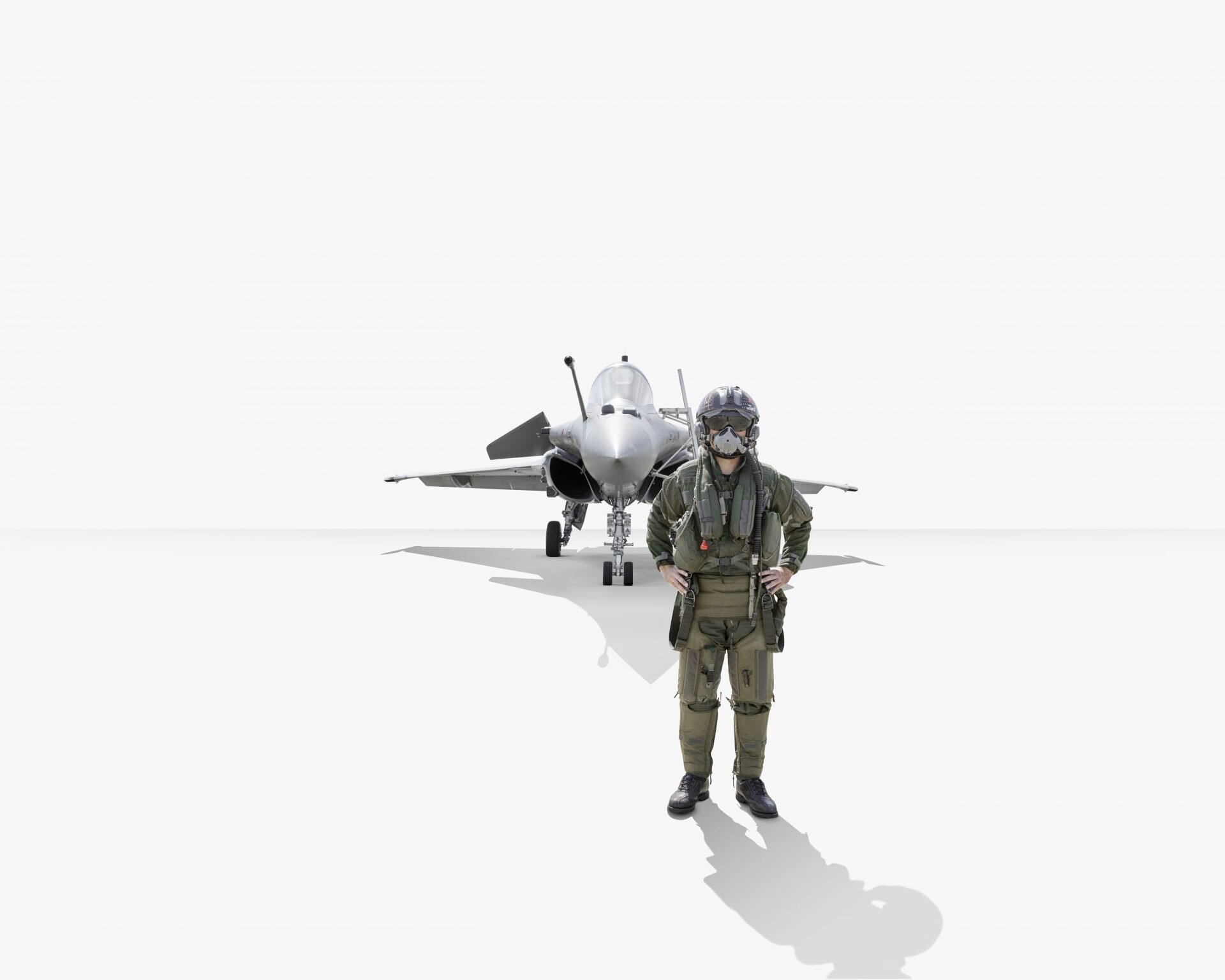







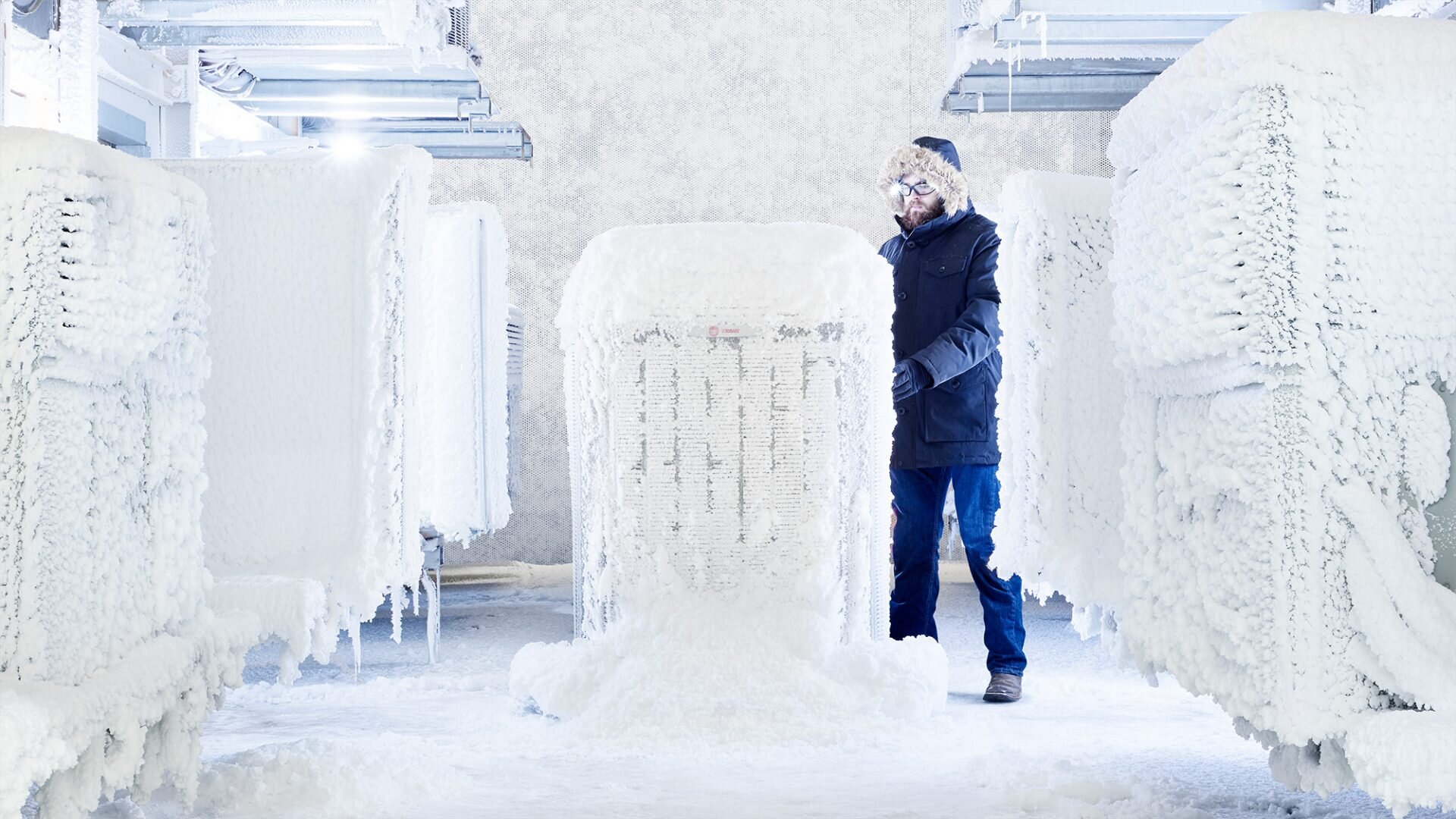

Benedict’s inspiration and influences:
“I wanted to be a photo journalist when I started but, to cut a long story short I soon realised I didn’t have the mental/emotional strength to do that. But as such a wish, I used to look at all the World Press Photo books for inspiration. I loved Don MCullin’s work and Sebastio Salgado’s “Workers” book. I would say that cinema and graphic design had a bigger bearing over my work rather than photographers. I love films that had ground breaking cinematography, like Grand Prix, The Graduate, Zed and Two Noughts, The Cook, the Thief, his Wife her Lover, Blade Runner and all sci-fi films.”